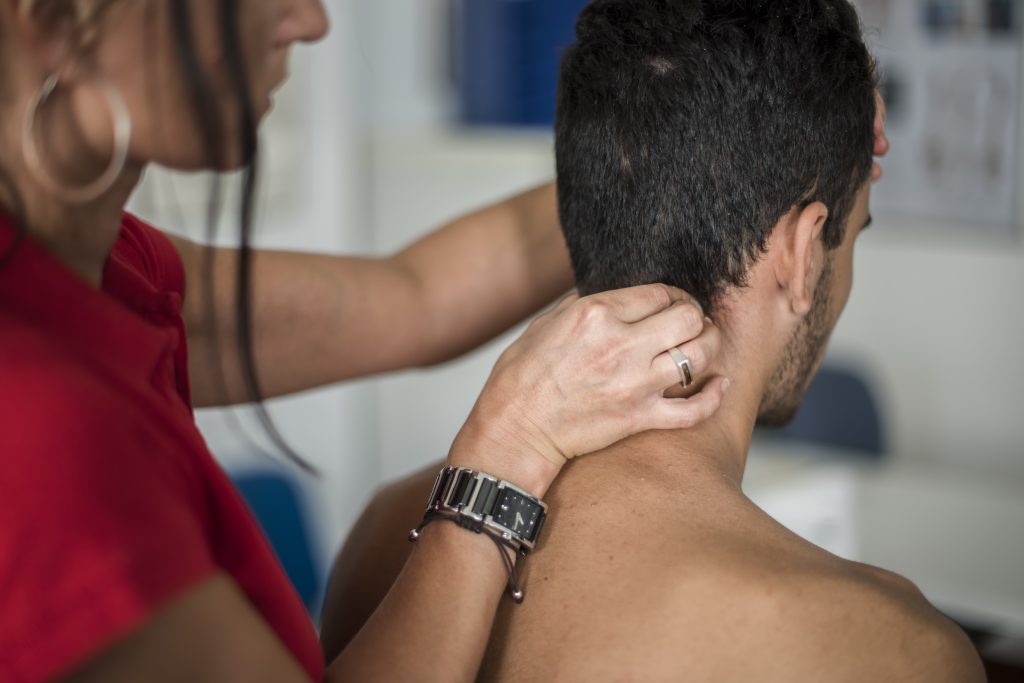Welcome to Manual Therapy Associates! As you seek a balanced approach to health and wellness, incorporating manual therapy into your regular routine can offer significant benefits. In this comprehensive guide, we’ll explore how manual therapy can enhance your overall well-being and become an integral part of your lifestyle.
Understanding Manual Therapy
What is Manual Therapy?
Manual therapy is a specialized form of physical therapy delivered with the hands as opposed to a device or machine. Practitioners use their hands to apply pressure and stretching on muscle and neural tissue and fascia, they also manipulate joints, aiming to increase range of motion, and decrease pain caused by muscle spasm, muscle tension, and joint dysfunction.
The Benefits of Manual Therapy
Including manual therapy in your wellness routine can help with:
- Reducing pain and discomfort
- Improving range of motion
- Enhancing circulation
- Accelerating recovery from injury
- Reducing stress and promoting relaxation
Types of Manual Therapy Techniques
- Joint Mobilization: Graded pressure or movement of the joints to improve motion and reduce stiffness and pain.
- Soft Tissue Mobilization: Breaking up fibrous muscle and connective tissue, especially after an injury.
- Myofascial Release: Reducing pain by easing the tension and tightness and pressure from restricted myofascial/connective tissue structures. Neural Tension Mobilization: Gentle gliding and stretching of nerves to reduce tension and sensitivity of the nerves. Dry Needling: Uses small needles similar to the ones used in Acupuncture to release muscle spasm, connective tissue restrictions and improve perineural circulation around irritated nerves.
Incorporating Manual Therapy into Your Wellness Routine
Consultation with a Manual Therapist
Start by consulting with a skilled doctor of orthopedic manual physical therapy to get a tailored approach based on your specific needs. This assessment will help determine which manual therapy techniques are most appropriate for you.
Regular Sessions
Incorporate regular manual therapy sessions into your health regimen. Frequency can vary based on your individual needs, typically ranging from weekly to bi-weekly or even monthly sessions.
Complementing Your Exercise Regime
Manual therapy can complement an exercise regime by preparing the body for exercise and helping it recover afterward. Consider scheduling manual therapy sessions on rest days or after intense workouts.
Integrating into Prehab and Rehab
- Prehab: Use manual therapy as a preventive measure to avoid injuries.
- Rehab: Incorporate it as a core component of your rehabilitation program to recover from injuries.
Manual Therapy at Home
Simple Techniques for Home
Learn simple manual therapy techniques that you can perform at home, like self-release or gentle joint mobilizations, which can maintain the benefits between sessions.
Using Tools
Consider using tools like foam rollers or massage balls to supplement your manual therapy sessions at home.
Lifestyle Adjustments for Enhancing the Effects
Postural Adjustments
Improve your posture at work and in daily activities to maximize the benefits of manual therapy and prevent recurring pain.
Mindfulness and Relaxation Techniques
Combine mindfulness and relaxation techniques with manual therapy to enhance its stress-reducing effects.
Diet and Hydration
Maintain a healthy diet and stay hydrated to enhance tissue repair and optimize the results from your manual therapy sessions.
Work-Life Balance
Strive for a balance that minimizes stress and physical demands, complementing the therapeutic effects of manual therapy.
Safety and Precautions
When to Avoid Manual Therapy
Understand the conditions under which certain manual therapy techniques should be avoided, such as certain inflammatory or infectious diseases, severe osteoporosis, or certain types of cancer. Be sure to discuss any concerns that you have with your Dr. of physical therapy during your consultation.
Listening to Your Body
Pay attention to how your body responds to different techniques, and communicate with your therapist to adjust treatment plans as necessary.
Conclusion
Integrating manual therapy into your wellness routine is not just about addressing physical ailments; it’s about adopting a holistic approach to your health. At Manual Therapy Associates, we are dedicated to assisting you in achieving optimal health and well-being through personalized manual therapy strategies. Embrace manual therapy as a key component of your wellness journey today!
Check out our Facebook for more Manuel Therapy news or Contact us for appointments and information!
FAQs
How often should I undergo manual therapy?
The frequency of manual therapy depends on individual needs but generally ranges from once a week to once a month.
Can manual therapy help with chronic pain?
Yes, manual therapy can be very effective in managing chronic pain by addressing the underlying physical conditions contributing to the pain.
Is manual therapy safe for pregnant women?
Yes, with modifications, manual therapy can be safe and beneficial for pregnant women. At Manual Therapy Associates, we have a specialized table to accommodate the pregnant woman’s changing body. If you have any concerns, don’t hesitate to discuss them with your obstetrician and Dr. of physical therapy before initiating treatment.
What should I wear to a manual therapy session?
Wear loose, comfortable clothing that allows for easy movement and access to areas that the therapist may need to work on.
Can manual therapy replace medical treatment?
While manual therapy can complement medical treatment, it should not replace consultations with healthcare professionals, especially for serious conditions.





